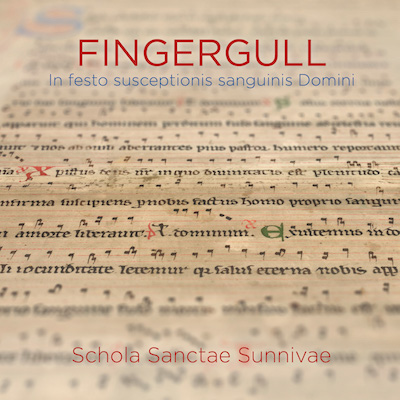
Month: January 2018
Pianist Hyperion Knight to Perform in Providence (RI), February 25, 2018
Audio by Jerry Bruck, Posthorn Recordings NYC; video and editing by John Marks
I will return to my former avocation of concert impressario, and present audiophile-fave-rave pianist Hyperion Knight in a program of Bach, Beethoven, and Gershwin at the First Baptist Church in America, in Providence (RI) on Sunday, February 25 at 2:00 PM. The recital will be open to the public, and free of charge.
The Third Meeting House of the First Baptist Church in America is a short (seven minutes) walk from the Providence Amtrak (train) station. The starting time of the recital was chosen to make it possible for music lovers from New York City to Boston to arrive and depart with the least fuss possible.
The program consists of music of J.S. Bach (selected Inventions; and transcriptions of choral and organ music including the “Little” Fugue in g); Beethoven’s piano sonata no. 21 in C, “Waldstein”; and Gershwin’s Suite from Porgy and Bess. The recital will last approximately one hour, and will proceed without an intermission. Continue Reading →
Schola Sanctæ Sunnivæ: Chant from the Fingergull Manuscript

Schola Sanctæ Sunnivæ:
FINGERGULL – In festo susceptionis sanguinis Domini
SACD/CD 2L-114-SACD
Downloads (MP3 stereo; CDQ FLAC stereo; high-resolution stereo including
MQA, DXD PCM, and DSD; and 5.1 surround-sound) available from www.2L.no
Streaming available from Tidal and Spotify.
Recorded at Ringsaker Church, Norway, May 2014. Prof. Eugeen Liven d’Abelardo, producer and musical advisor; Beatrice Johannessen, recording engineer; Morten Lindberg, mastering engineer.
Christianity was the original “New Age” movement. Because of that, perhaps the easiest way for most listeners to take in this extraordinary recording of an a-cappella female vocal ensemble chanting music from a 13th-century parchment manuscript might be to think of it as “New Age Music,” and then just leave it at that.
I hereby give you permission to ignore the specific historical context of this music, and to concentrate on letting the enveloping and consoling, nearly weightless clarity of the unison female voices wash over you.
I would expect that within minutes, you might begin to feel yourself transported—if not to a higher realm, then at least to a safe and quiet place… perhaps to a medieval church rather like the one where this remarkable recording was made.
For many years, I would say about such a recording, “Just buy it.” And for many listeners, that still makes the most sense, in that this release is a compatible hybrid multichannel SACD, and furthermore, there are high-resolution downloads available for purchase. But I recognize that many music lovers now rely upon a streaming service as their major source of new music, so I am glad to report that this recording can be heard via on-demand streaming from Tidal and also Spotify.
Session photo, sound samples, and more, after the jump link. Continue Reading →
“They were so young and happy and beautiful… “

I am fascinated and at times a bit awed by… connections. My brief but meaningful interaction with film-score composer John Williams means that through him, I am one handshake away from Marilyn Monroe; that’s because John Williams was the rehearsal pianist for the songs Marilyn Monroe sang for the soundtrack of Some Like It Hot. Through Stéphane Grappelli, I am one handshake away from… Django Rheinhardt. Through Yehudi Menuhin, I am one handshake away from: Elgar, Bartók, Ysaÿe, Enescu, Busch, and Bruno Walter. And countless others. Through engineer and Mahler expert Jerry Bruck, I am one handshake away from Alma Mahler (Gropius Werfel); and therefore, two handshakes away from Gustav Mahler.
The concept of connections, for me at least, dovetails with what I call the “Horseshoe-Nail Theory of History.” That’s the idea, enshrined in the proverb-poem “For Want of a Nail,” that an overlooked small difference in initial conditions can lead to a specifically-unforeseen “failure cascade” that has immense consequences. I wrote about the Horseshoe-Nail theory of history for The Truth About Cars. That blog entry, “Horseshoe Nails, The Rhythm of History, and General Motors,” argues that the late-1950s decision by General Motors not to spend five dollars per car to fix the dangerous handling of the first-generation Chevrolet Corvair ultimately led (in 2000) to the election of George W. Bush as the President of the United States.
After the jump link, I identify the two pretties in the photo above, and explain their impact on history, and their connection to me. Continue Reading →


